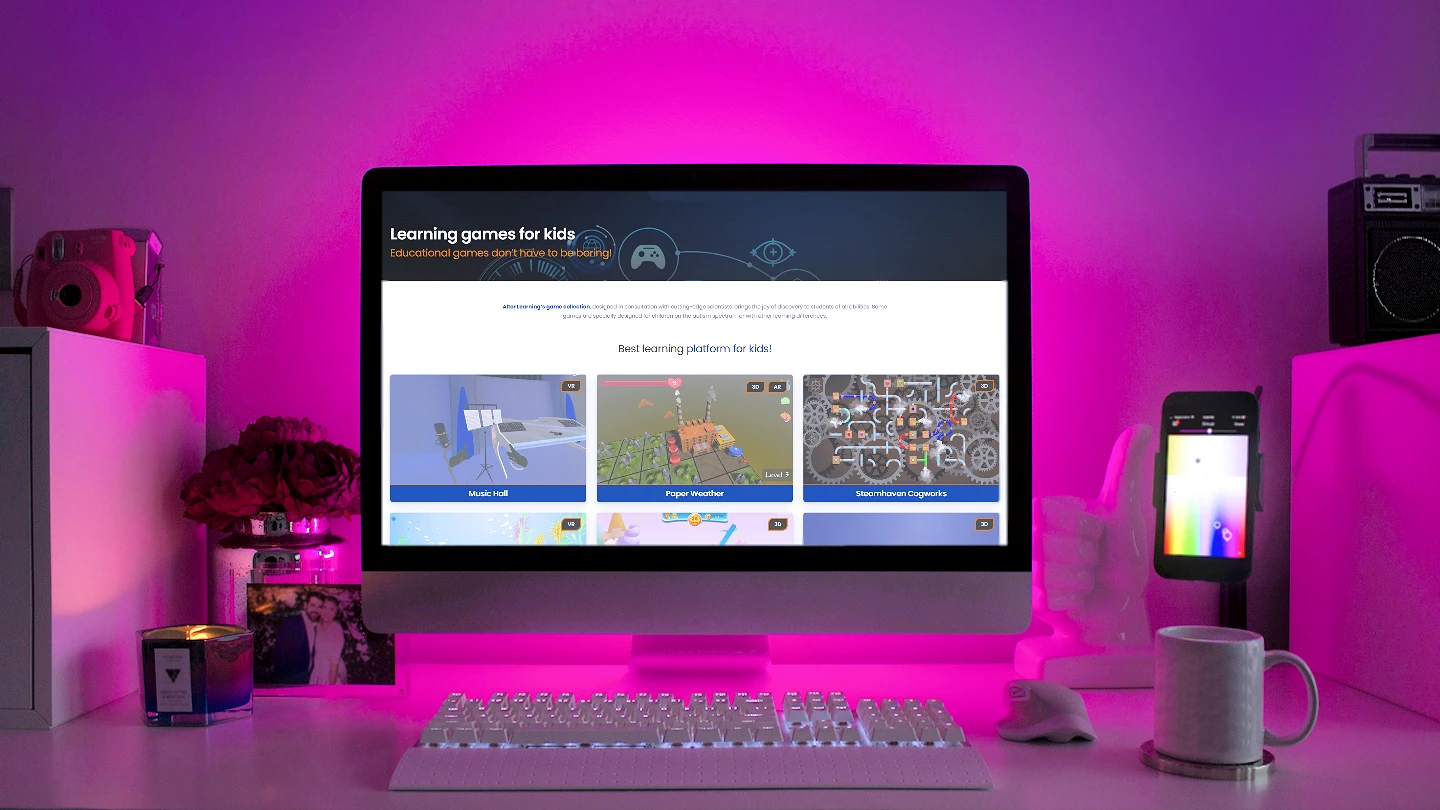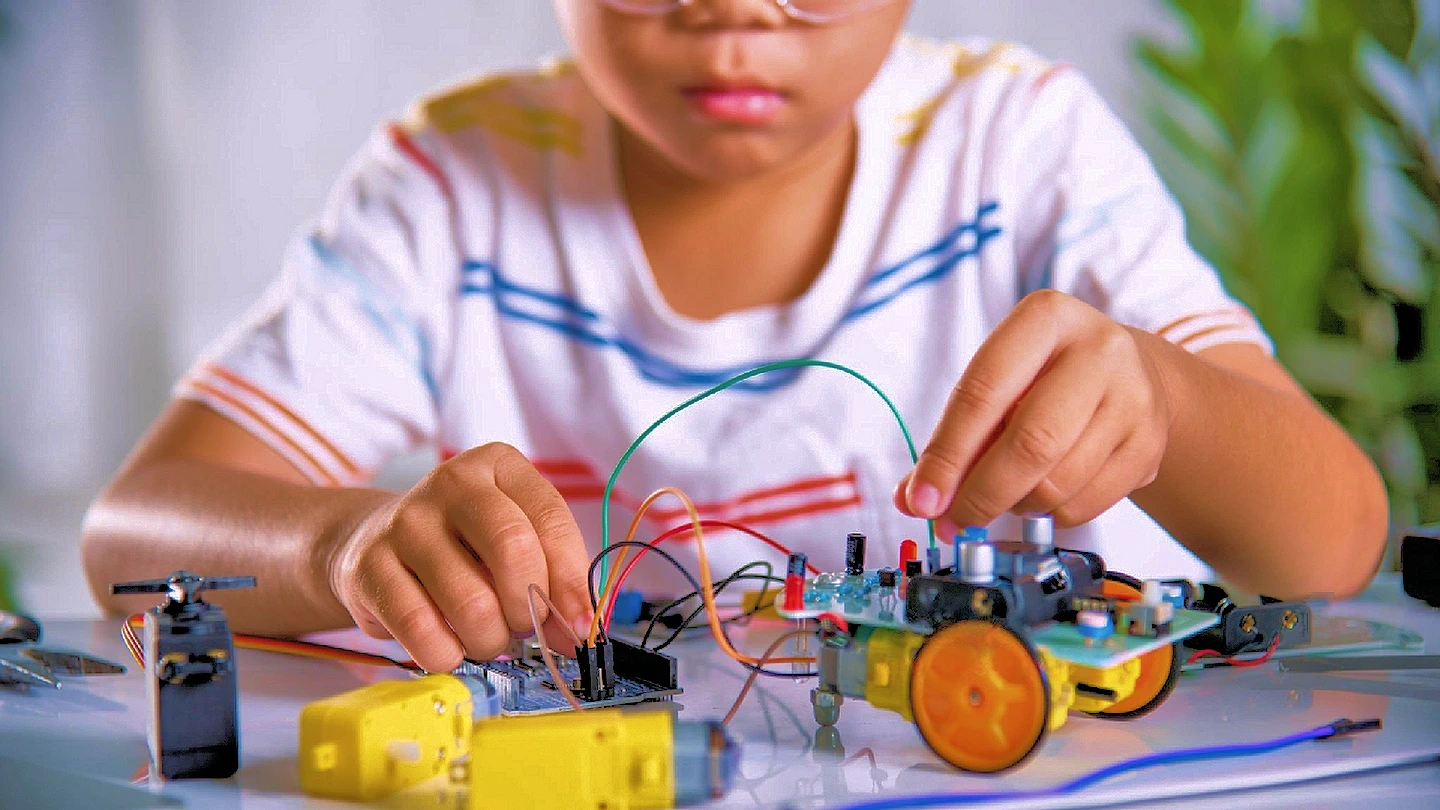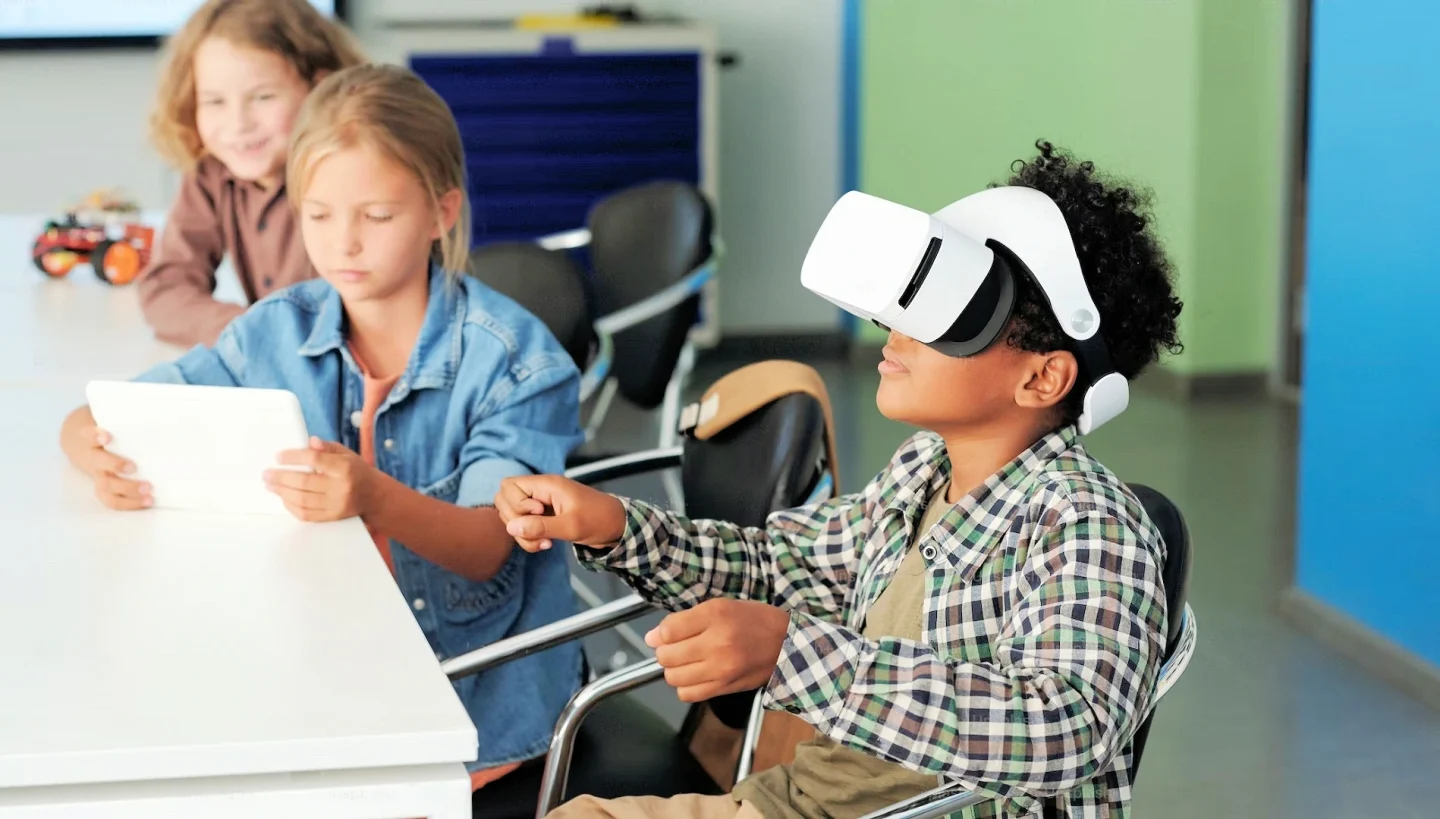Educators and learners have shifted their attention to immersive tools like Virtual Reality (VR) and Augmented Reality (AR) to enhance the learning experience in the era of rapid technological advancements.
Integrating these tools into learning games is revolutionary, with countless game designers and developers seeking to craft features that resonate with kids. This article will explore the top 10 features of learning games that kids love.
Interactive 3D Models
Kids are visual learners. Games like “Steamhaven Cogworks” and “Shape Pop” offer 3D models, allowing children to explore concepts in depth. These models cater to the children’s natural curiosity, permitting them to rotate, zoom, and dissect the models for a holistic understanding.
Immersive Environments
Dive into the oceans with “Marine Biology” or soar through the sky predicting the “Paper Weather“; immersive environments in VR and AR games captivate children’s imaginations. The more natural the experience feels the more engaged kids become, paving the way for deeper learning.
Engaging Storylines
A compelling narrative keeps children invested. For instance, “3DAR” integrates storylines that align with learning objectives, making the absorption of information feel like an adventure.
Feedback and Rewards
Instant feedback offers motivation and direction through points, badges, or stars. The sense of accomplishment kids get from completing “Music Hall” levels or challenges in “Steamhaven Cogworks” instills a love for learning.
Collaborative Play
Kids adore playing with friends. Features that allow for multiplayer collaboration or competitive modes make learning a social activity. Group projects in virtual settings promote teamwork and collaborative problem-solving. Alter Learning not only offers multiplayer games (such as Music Hall, Celestial Journey and Marine Biology), but also has socialization spaces such as Hybrid Classroom and 3D AL HUB.
Customization and Personalization
The ability to create personalized avatars or customize settings caters to kids’ creativity. When they see themselves in the game, as seen in “Shape Pop” their emotional connection to the content grows.
Real-world Application
AR games shine in this department. Games that overlay information on real-world scenarios, like recognizing shapes or predicting weather patterns, make learning relevant. For instance, “Paper Weather” uses the real world as a canvas to teach meteorological concepts.
Adaptive Difficulty Levels
Games like “Music Hall” adjust their difficulty based on a child’s performance. This ensures that kids are neither bored with content too easy nor frustrated with overly challenging tasks.
Hands-on Experiments
Interactivity is key. Games that allow children to virtually experiment, mix, and modify – much like in a science lab – provide a sandbox environment for learning. “Steamhaven Cogworks” offers such hands-on interactions, making complex concepts tangible.
Cultural and Global Experiences
VR is a passport to the world. Whether diving into the marine ecosystems with “Marine Biology” or experiencing world cultures in other games, VR opens global doors. It promotes cultural awareness and international perspectives among young learners.
Conclusion
The rapid evolution of AR and VR in education reshapes how kids learn. The features highlighted here are not just gimmicks but powerful tools to captivate young minds and deepen their learning experience. As teachers, parents, and educators, recognizing and leveraging these features in learning games ensures that we deliver content in a manner most resonant with today’s digital natives.



